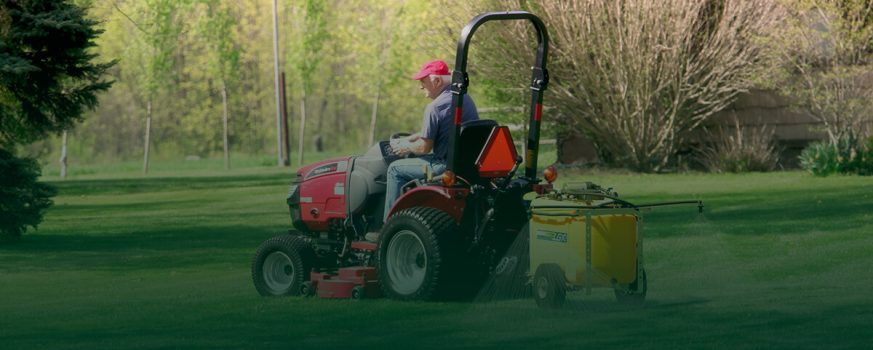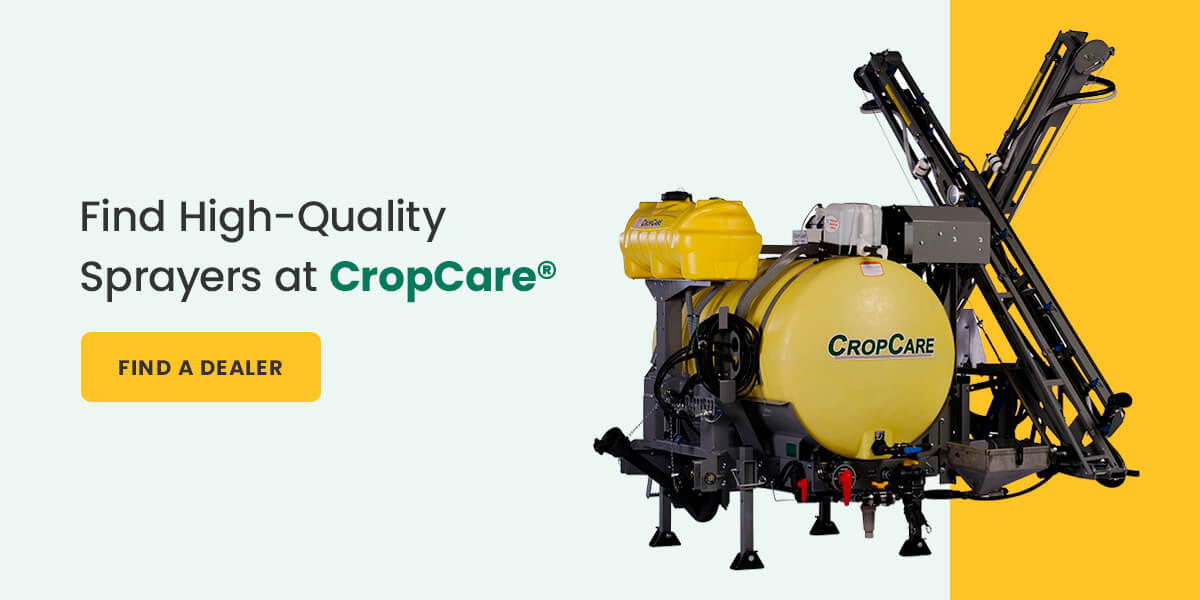
Regardless of its application, you need a sprayer that will make your work easier and increase productivity. Finding high-quality, reliable sprayers that meet your needs can be challenging. That’s why it’s essential to learn more about the uses, types and specifications of sprayers on the market. This guide will help you make an informed decision.
What to Consider When Buying a Sprayer
In the agriculture business, spraying is often a necessary part of keeping crops protected from pests. Whether you’ve just started considering planting crops or need a replacement sprayer, looking over all of your options is essential to help you choose the right model. Here are several variables to think about when searching for a sprayer:
1. Know Your Area’s Weather Conditions
The primary aim of spraying your crops or a field is to protect your plants and encourage growth. This requires you to pay close attention to factors such as temperature, wind speed and precipitation, which are vital when evaluating how far a liquid pesticide or herbicide mixture can travel.
For example, hot and dry conditions increase drift because droplets evaporate quickly. If you’re frequently battling the wind, keep your boom low to reduce drift and select a low-pressure, air-induced nozzle to help handle the current.
Ultimately, be sure to secure a sprayer that works in your area’s typical climate conditions.
2. Understand the Uses and Applications of Sprayers
There are several uses for sprayers, whether commercial or residential. In agriculture, you need sprayers to take care of your land, crops and livestock. For example, sprayers are necessary when applying herbicides and fungicides to protect your land or deal with pest control. They’re also efficient when using liquid fertilizers for your crops. Similarly, they help when distributing water to your plants and crops.
Identify the various applications to help you make an informed decision. This makes it easier to know which type or size of equipment you need and whether to choose a standard option or customize one according to your needs.
3. Learn About the Types of Agricultural Sprayers
There are several types of sprayers to choose from, including:
- ATV sprayers: ATV sprayers are full-system transport sprayers for properties with large tracts of land and spray targets. They’re well-suited for spraying pastures and food plots. They’re also helpful in maneuvering challenging terrains.
- ATX sprayers: ATX sprayers are built for heavy-duty commercial or farming activities. They’re suitable for maintaining lawns, farmettes, estates, golf course turfs and wildlife food plots.
- UTV sprayers: UTV sprayers have mobility and feature large-capacity tanks. They can be used in residential, commercial and agricultural operations. The design makes them compatible with irrigation and chemical distribution.
- Trailer sprayers: These are engineered as trailers with complete spraying systems. They have towing attachments and wheels and are used for fertigation or irrigation applications.
- Spot sprayers: If you need a sprayer for repeated target spot applications, then spot sprayers are the right fit. They’re transportable with complete spraying systems and can be attached to utility vehicles, tractors and riding mowers.
- 3PT sprayers: These are designed for spraying herbicides, insecticides, pesticides and water across small to mid-sized areas. 3PT can be built with ATV mounts and towable options. There are several nozzle options that allow you to use them for other applications, such as park and recreational groundskeeping, sports fields, roadway and golf courses.
4. Consider the Crops You Grow
The types of crops you grow also determine your choice of sprayers — different crops have different needs. Moreover, the various areas of the plant may require additional treatments depending on the diseases or pests you want to eliminate. This makes precision crucial, so choose a sprayer that makes it easy to hit the target areas of your specific crops.
5. Know Agriculture Sprayer Specifications
Each sprayer type has a unique specification. Have a good idea of each sprayer’s features and choose one that matches your needs. For instance, a standard 3PT tank size can range from 60 to 300 gallons. If you require a larger tank size or engage in heavy-duty activities, choose the built-to-order option. Consider the variety of booms available and choose the control and pump option you prefer. If there are accessory options, consider those, as well.
6. Consider Spraying Area Size
The area where you’re spraying impacts which sprayer you choose. A 1-liter hand sprayer or 4-gallon backpack sprayer may be suitable for relatively small crops, such as for a home gardener. In contrast, your farm will likely require an all-terrain vehicle (ATV) sprayer or a three-point (3PT) boom sprayer to cover the most ground, whether standard or built-to-order.
7. Do a Cost-Benefit Analysis
Determining the sprayer’s economic benefit to your business will help you decide whether it’s worth purchasing. This will require you to use objective tools to avoid making a biased decision. You can conduct a cost-benefit analysis by doing the following:
- Create a framework: Build a framework that outlines your goals, state of affairs and the scope of the analysis. You can do this by asking yourself simple questions regarding the level of efficiency you aim to achieve and how much you’re willing to spend to achieve it.
- Categorize the benefits and cost: List the prices of the sprayers you’re thinking about buying and the pros and cons each adds to your business. The cost should also consider the equipment’s operational and maintenance costs.
- Estimate the values: Estimate each option’s value from the costs and benefits you’ve listed. Assign a dollar value to intangible items on the list and a key performance indicator (KPI) for the intangible ones. Although these are estimates, compare the values you assign with the market price and previous projects for a more accurate outcome.
- Analyze the benefits and costs: Subtract the total cost from the overall benefits to get the net benefits — that’s what you’ll be working with. If you used the intangibles, compare those separately. For instance, if you estimate different times for how long it’ll take you to spray an area with different sprayers, subtract the higher number from the lower number and work with that figure.
8. Check the Current State of Your Equipment
Before purchasing a new sprayer, assess your current selection of agricultural equipment and gear. Check if you have a sprayer that can equally execute the given task. If any equipment is broken, consider whether repairs will be the appropriate solution. If it’s too old to repair or would require extensive work to get up and running, it may be time to invest in a new model.
Find High-Quality Sprayers at CropCare®
Before purchasing a sprayer, research to find one that increases your ROI and meets your needs. Choose one capable of handling the weather conditions in your locality and consider the size of the area. If you’re using the sprayer for agricultural purposes, learn more about the crops you grow. These actions will help ensure you select the best sprayer for your farming applications.
CropCare® has manufactured high-quality and innovative farm equipment for 70 years. We offer configured sprayers in addition to standardized models, offering you a wide selection of spayers and other agricultural equipment to help you meet your business goals. Find a dealer today to get started on choosing your new sprayer!



